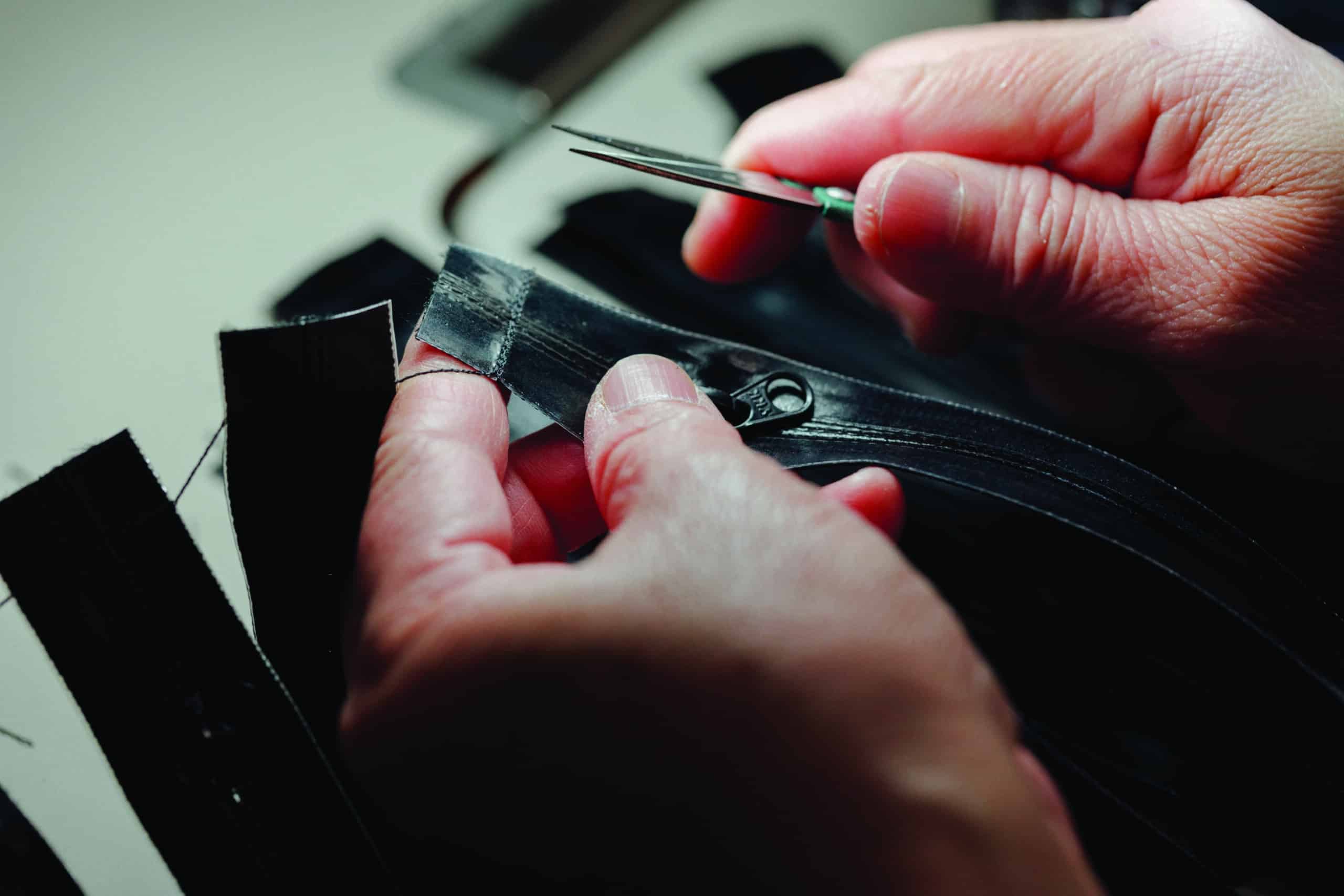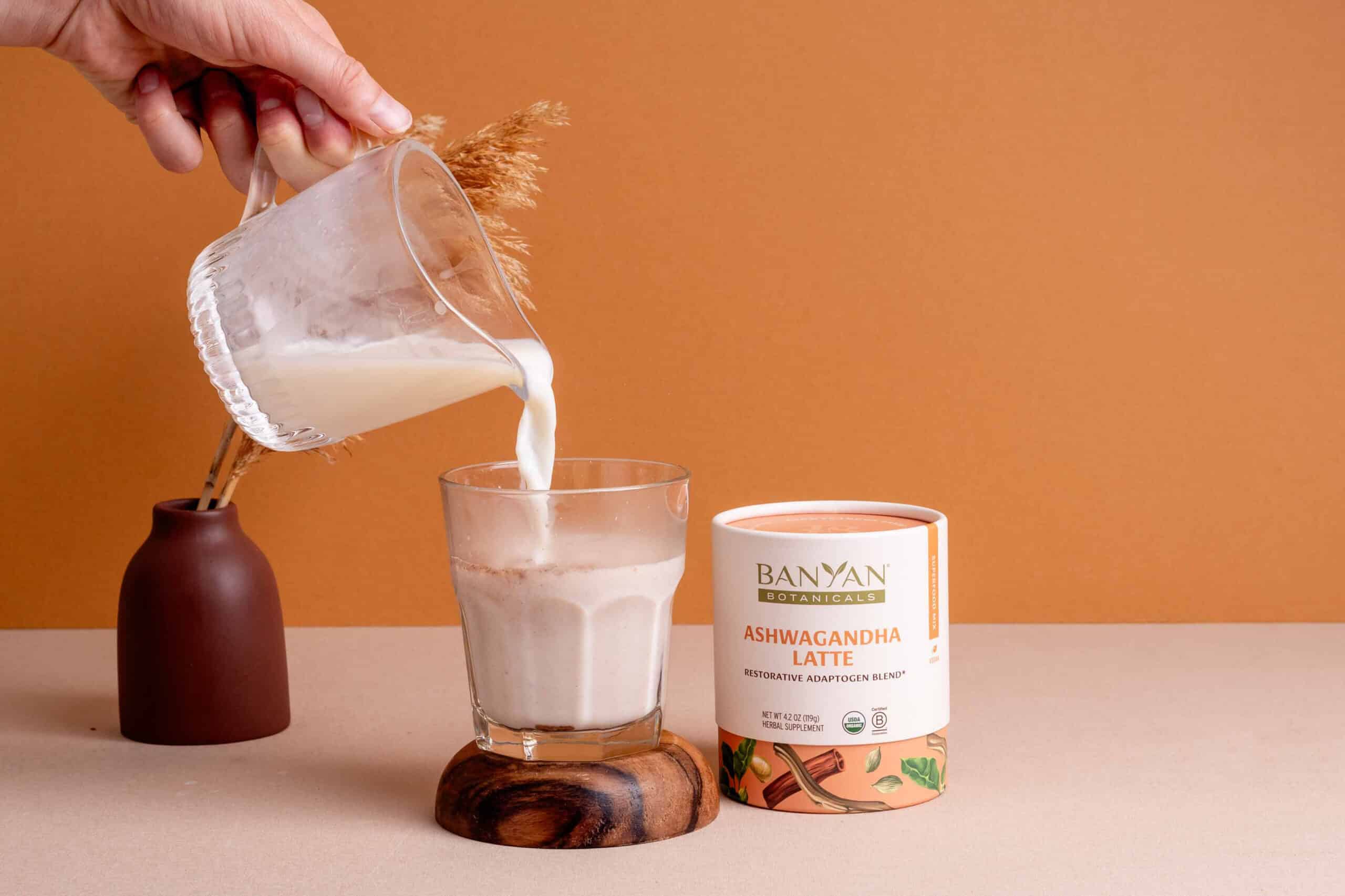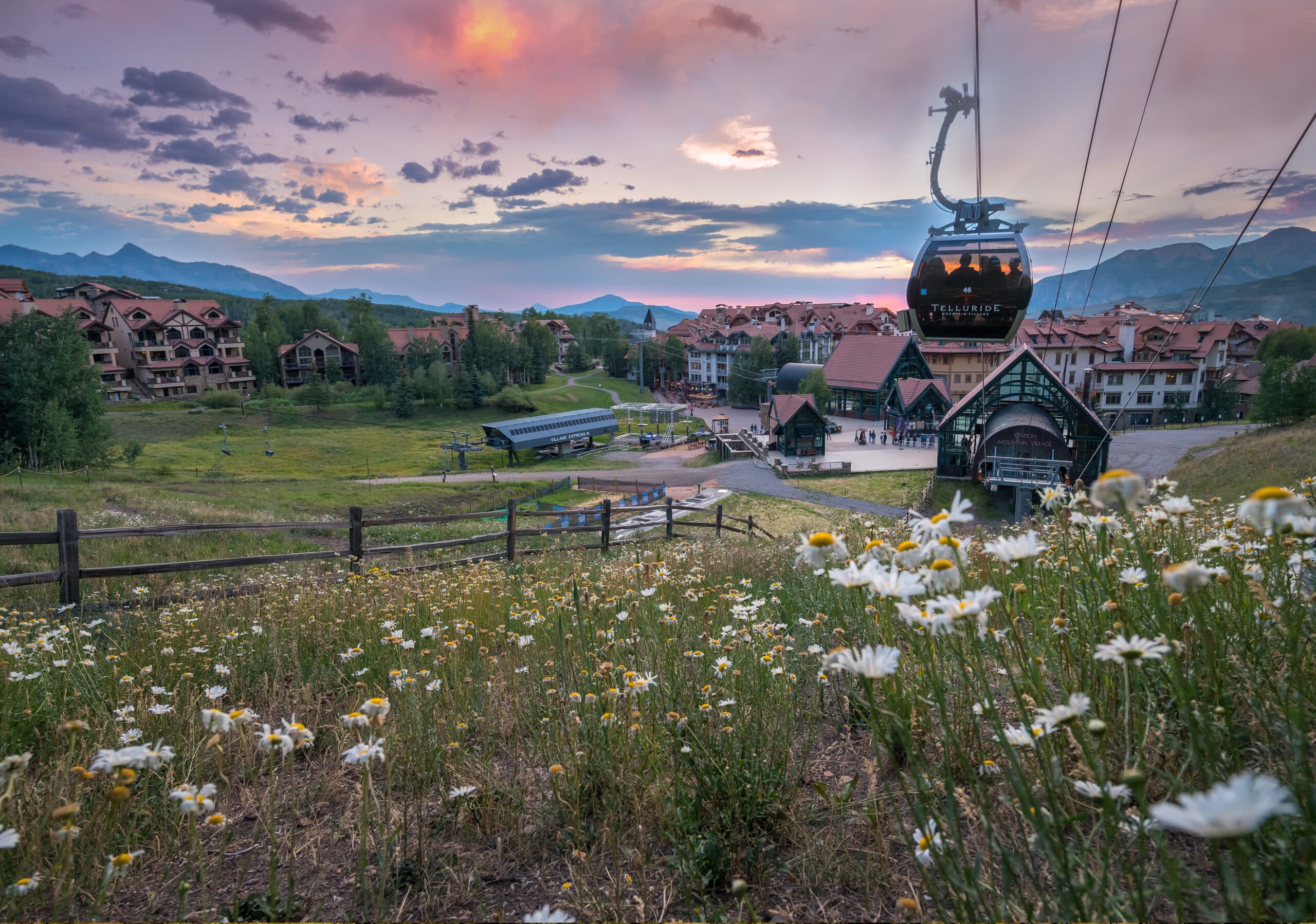Rewild Your Outdoor Gear : 4 Tips for Taking a More Sustainable Route to Outdoor Gear | Julia Clarke
In the bustling French village of Chamonix, the ReBIRD program has a steady stream of customers lining up to take advantage of their gear repair services during the Arc’teryx Alpine Academy. Adventurers drop off clothing that needs holes mended, zippers replaced or Durable Water Repellent coatings reapplied. When they return, their well-loved gear is refreshed and ready for their next adventure and stays out of the landfill.

Photos courtesy of Arc’teryx
Rewilding your outdoor gear is becoming increasingly popular, with brands like Arc’teryx, Patagonia and Rab leading the charge to reduce consumer waste. Those of us who love the outdoors care about the environment. Without a healthy planet, we don’t get to have mountain adventures. But, the activities we enjoy also mean that our gear gets worn out faster, and the outdoors industry is one of the worst offenders when it comes to carbon emissions and landfill waste.
To enjoy the outdoors responsibly, make these changes to how you buy, treat and discard your outdoor gear; the planet (and your wallet) will thank you.
MAKE SUSTAINABLE CHOICES
Sustainability starts at the point of sale, and Dominique Showers, vice president of ReBIRD, explains that there are two more sustainable options for consumers — buy used, or buy quality.
“When considering any new purchase, the first question to ask would be — do I need to buy new? Good gear, well-cared for, can last much longer than a single user, so it’s always worth seeking out used gear.”
If you do decide you want to buy new, it’s best to avoid cheap gear, even if it seems better on your wallet at the time.
“It’s better to buy once, and buy well, than to seek out short-term options which need replacing every season.”
The price tags on high-end ski jackets can be eye-watering, but a better built piece of gear should last decades.
Stick to brands with a clear sustainability plan that prioritizes recycled materials and sustainable production practices, information you can find on the brand’s website.
Avoid impulse shopping, and take your time to make sure a piece of gear really fits your needs. If it’s right to start with, you’ll use it longer.
LOVE YOUR GEAR
According to Showers, the bulk of the climate impact in the life of a jacket comes during manufacturing and end-of-life periods, so the longer you can keep gear in play, the better.
“This means looking after your gear; sweat and oils from your skin can degrade the fabric and cause it to delaminate, so don’t be afraid to wash it. It’s a simple process — just use technical wash or unscented detergent after every few uses, and re-waterproof as needed using DWR.”
Give your shoes a wipe after each hike, and a proper clean once a season helps grime from breaking down the materials prematurely. Sleeping pads and tents should be aired out, dried and brushed off between uses and properly stored in a cool, dry space. Keeping up these simple routines will have a huge impact on the lifespan of your gear.
DON’T REPLACE — REPAIR
If your answer to a broken zipper or worn-out sole is to go on a shopping spree, you might be replacing something that just needs a little TLC.
“High-quality gear, well-looked after, can last through several users,” advises Showers.
Colorado has lots of gear specialists who will mend tears, replace zippers and buckles and resole boots, so that they can stay with you for many more miles. You can find these services in larger outlets, like REI and Patagonia, while most towns will have local outfitters happy to refresh your gear.
RECYCLE
“Once an item is truly beyond its functional lifespan, it may just have one too many rips from good adventures,” says Showers, who recommends taking your gear back to store to find out whether it’s salvageable. If it has reached the end of its useful life, don’t throw it away, as it might contain materials that can be recycled.
Recycling outdoor gear isn’t as straightforward as dropping your glass bottles off at the bottle bank, but you may be able to find a place to take your old gear. Arc’teryx will take select items and reward you with an in-store credit, then refurbish your gear and sell it on at a reduced price. Green Guru Gear in Boulder, Colorado collects and upcycles worn out gear, like bike inner tubes, climbing ropes, wet-suits and tents. Nike has a takeback program for well-worn running shoes. You can drop off your old skis at Colorado Ski Chairs in Manitou Springs, Colorado where they’ll be fashioned into furniture. With a few keystrokes and a little effort, you can keep gear out of the landfill, and help the planet you love exploring.
Originally published in Winter + Spring 2023-24 issue of Well.
Flow with all the grip and none of the slip. This mat was engineered for ultimate traction in [...]

Subscribe to Our Tribe
Stay up to date with Y+L News, Events and special announcements.










